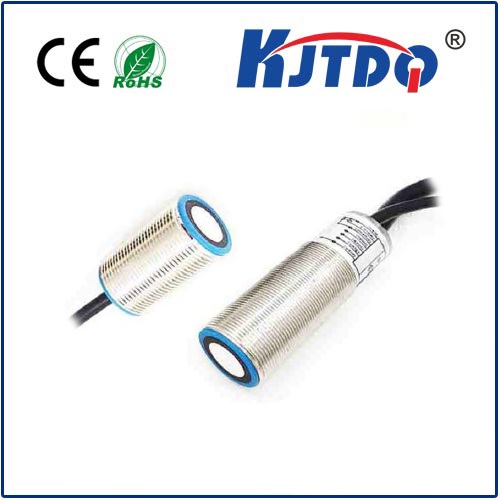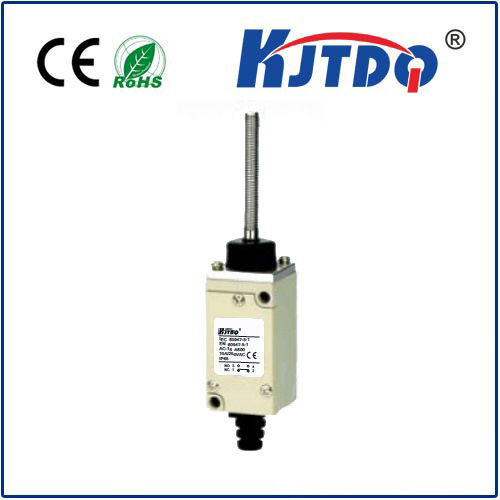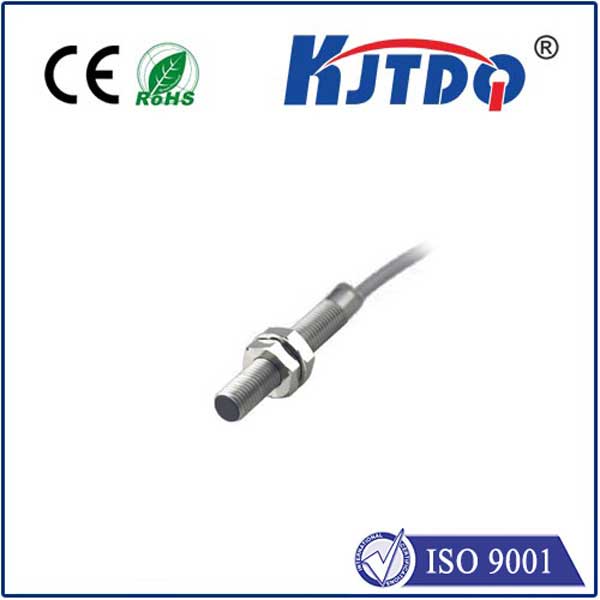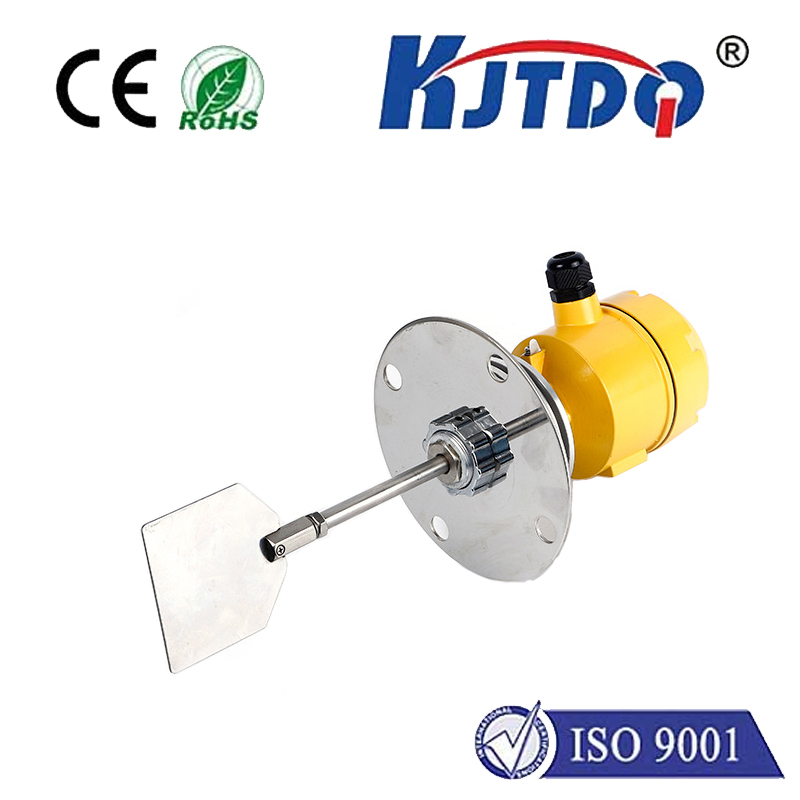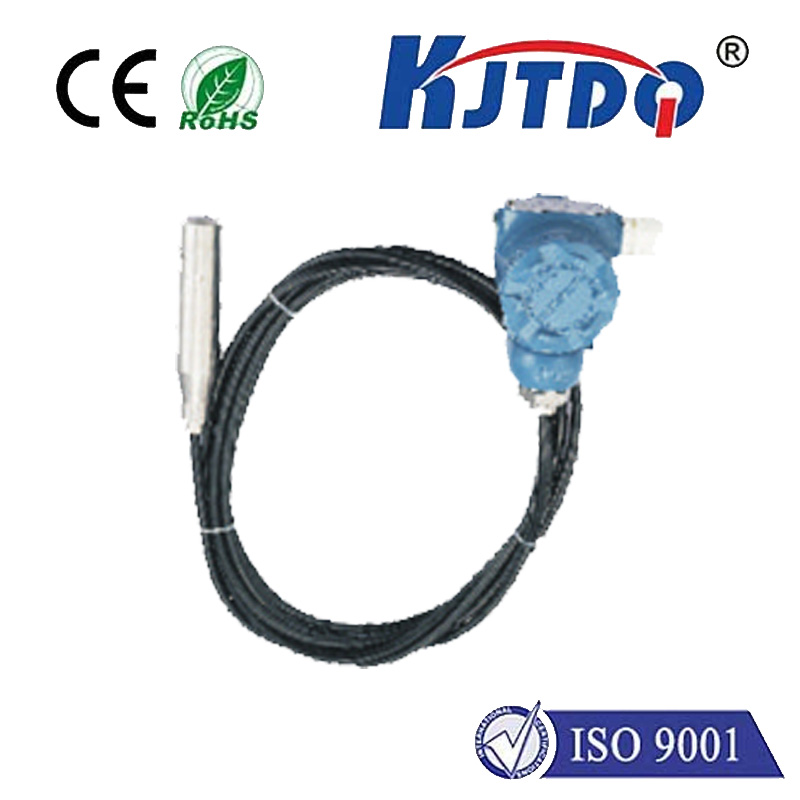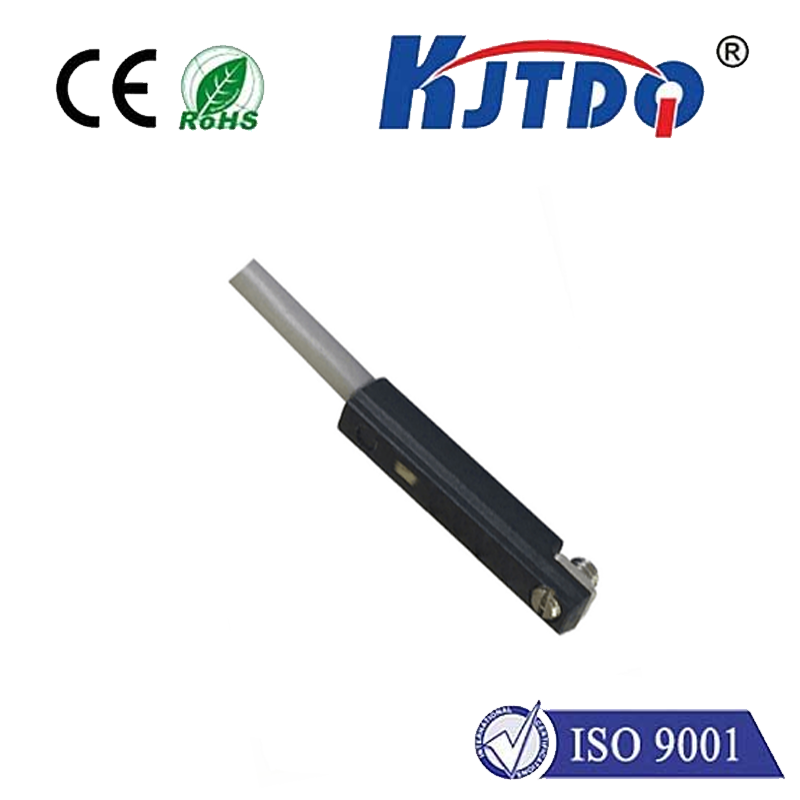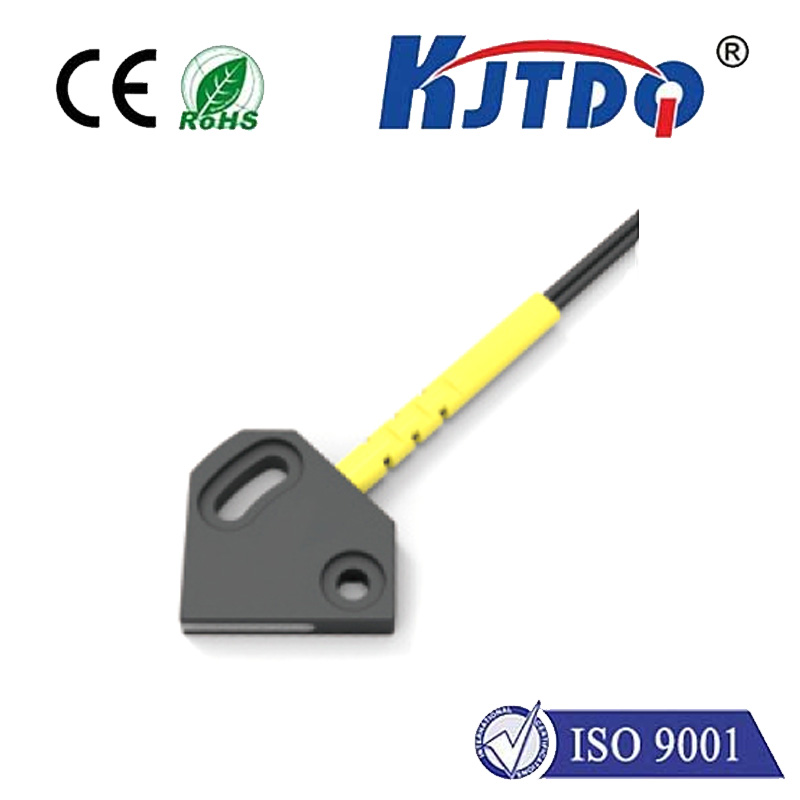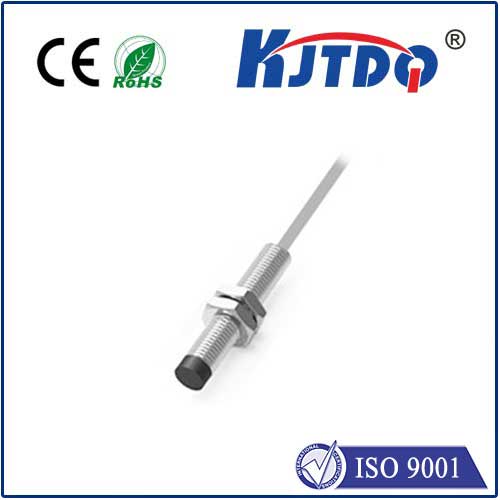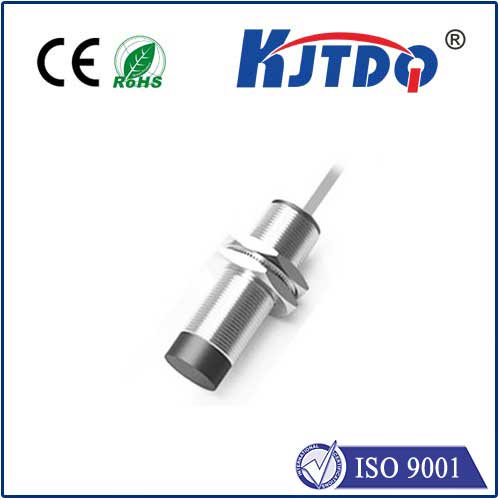

check

check

check

check
Title: Understanding Temperature Limit Switches: An Essential Guide for Industrial Automation
Introduction to Temperature Limit Switches in Industrial Automation
Temperature limit switches play a critical role in industrial automation by ensuring the safe and efficient operation of machinery. These switches monitor the temperature of a system or process, and when the temperature reaches a predetermined threshold, they initiate an action, such as shutting down a motor or reducing the speed of a fan. In this article, we will delve into the working principle of temperature limit switches, their types, and how to choose the right one for your application.
Working Principle of Temperature Limit Switches
The basic principle behind temperature limit switches is based on the change in resistance that occurs when a material's temperature changes. Most temperature limit switches use mercury-filled tubes or thermocouples to measure temperature. When the material inside the tube or thermocouple heats up, it expands, causing the resistance to increase. This increase in resistance triggers the switch to open, indicating that the system has reached its maximum temperature limit.
Types of Temperature Limit Switches
There are several types of temperature limit switches available on the market, each with its unique features and applications. Some of the most common types include:
1. Mercury-Filled Tube (MFT) Switches: These are the most common type of temperature limit switches and are widely used in industrial automation systems. MFT switches use mercury-filled tubes to measure temperature and have a high sensitivity level. However, they require regular maintenance due to the risk of mercury leaks.
2. Thermocouples: Thermocouples are another popular choice for temperature limiting in industrial automation. They consist of two dissimilar metals that generate a voltage difference when heated. The voltage difference depends on the temperature difference between the two metals, allowing for accurate detection of temperature changes. Thermocouples are more reliable than MFT switches and do not require regular maintenance.
3. Pt100 Temperature Sensors: These sensors are low-cost and easy to install, making them ideal for small-scale applications where cost is a concern. Pt100 sensors use resistive heating to measure temperature and have a high accuracy level. However, they can become less sensitive over time and may require periodic calibration.
How to Choose the Right Temperature Limit Switch for Your Application
When selecting a temperature limit switch for your industrial automation system, consider the following factors:
1. Application: Different types of temperature limit switches are suitable for different applications. For example, MFT switches are best suited for high-temperature applications while thermocouples are ideal for low-temperature environments.
2. Temperature Range: Ensure that the chosen temperature limit switch can handle the desired temperature range within your system. It is essential to select a switch with sufficient thermal capacity and accuracy levels.
3. Maintenance Needs: Consider the level of maintenance required for the chosen temperature limit switch. If regular maintenance is not feasible, opt for simpler designs such as MFT switches or sensors with self-cleaning properties.
Conclusion
Temperature limit switches play a crucial role in ensuring safe and efficient industrial automation operations. By understanding their working principles, types, and selection criteria, you can make an informed decision when selecting the right temperature limit switch for your application. Remember to consult with professionals and ensure compliance with industry standards and regulations when installing and operating temperature limit switches in your system.
